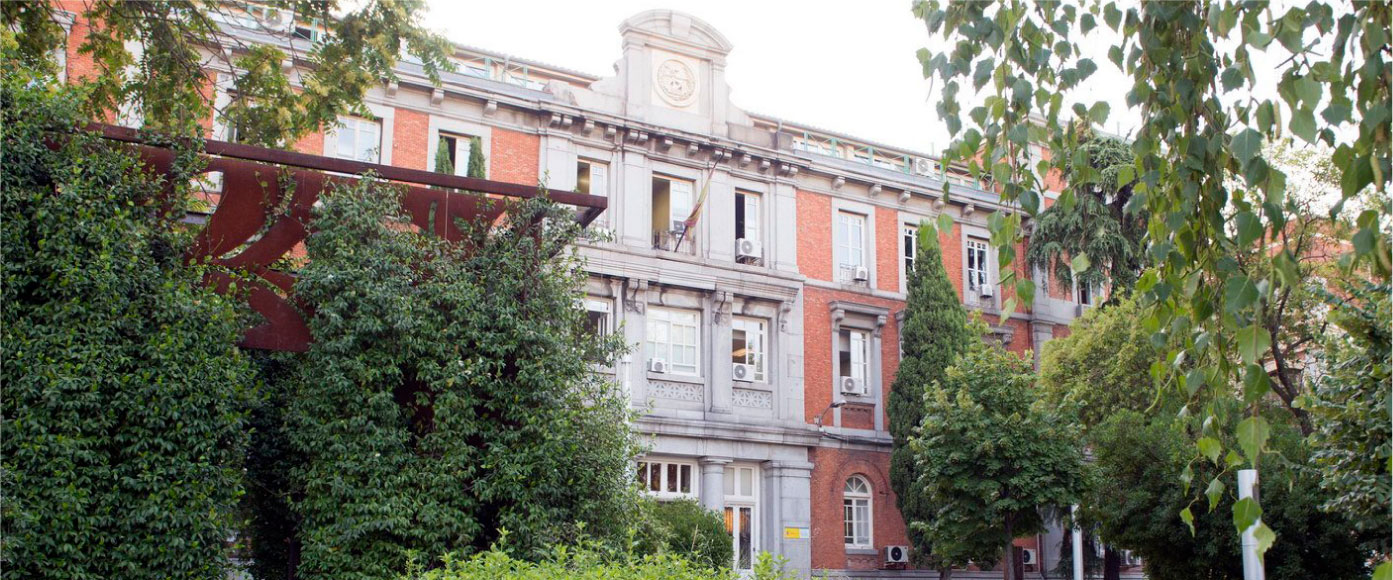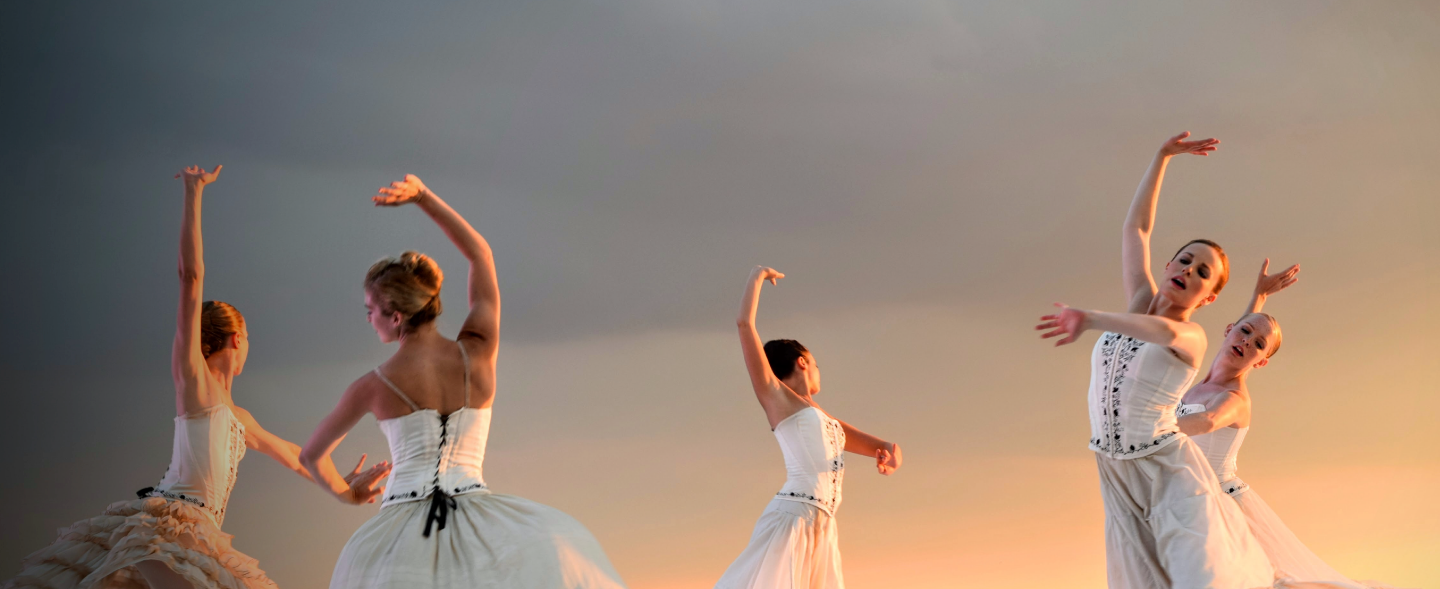CDAEM (Centre for the Documentation of the Performing Arts and Music) was created in 2019, after the merging of the Centro de Documentación Teatral and Centro de Documentación de Música y Danza. It is a public institution and a national reference in its field.
The purpose of CDAEM is to support the access to documentation related to the performing arts and music in Spain. CDAEM is focused in Spanish theatre, music, dance and circus. Our priority is documentation – acquisitions, processing, protection and public accessibility of collections and funds.
To achieve this goal, CDAEM works offers by new technologies (website, electronic publications, digitalisation and diffusion of resources) the access to our funds. Thus CDAEM supports the development of projects that improve the visibility of the musical and performing arts heritage in Spain.
CDAEM makes a rigorous conservation work and at the same time introduces the necessary technological innovation to respond to the challenge of digitalisation and accessibility sought after by the users of the 21st century. We offer on-site and online services to our users (researchers, art professionals, educators and general citizens).

History
The CDAEM was created with the merger between the Centre for Theatre Documentation and the Centre for Music and Dance Documentation, both belonging to the INAEM.
The Centre for Theatre Documentation (CDT) began its work in 1971 to preserve the documents relating to the performing arts held in the State Archives. It also inherited the photographic, phonographic and print resources (posters, programmes, etc.) of the Spanish National Theatres and Festivals, an independent body attached to various ministries until it was stood down, as well as an extensive library collection. Since then, the resources have grown through acquisitions and donations of different kinds.
In its early years, the CDT was managed by Vicente Amadeo, who was aslo responsible for the National Chamber and Audition Theatre. In 1979, under the direction of Cesar Olivia, the body founded as we know it today.
He was succeeded by Moisés Pérez Coterillo and for ten years (1983-1992) the CDT published a leading magazine for the understanding of theatre in Spain in those years: El Público.
Subsequently, the CDT brought out publications such as Cuadernos teatrales (Notes on Theatre), Obras teatrales Theatrical Works); the Guía Teatral de España (Theatre Guide of Spain), and the signature annual publication of the Centre for Theatre Documentation: the Anuario Teatral (Theatre Yearbook).
Andrés Peláez took over the CDT in 1993 -combining this role with that of curator of the Almagro National Theatre Museum -, continuing the projects undertaken and publishing the Historia de los Teatros Nacionales (History of the National Theatres), a landmark publication.
In 1996, Moisés Pérez Coterillo was again appointed director of the CDT, but died just a few months into his tenure. He was succeeded by Cristina Santolaria, who resumed the publication of the annual Yearbooks and developed an extensive programme to recover publications such as the historical publications, anthology and indices Primer Acto, El Público and several monographs. She also established the regular celebration of the Calderón de la Barca awards.
With the arrival of Julio Huélamo in 2000, many of these lines of action were continued; along with the publications of multimedia content like Teatro en guerra(Theatre in War) and Retratos en Blanco y Negro(Portraits in Black and White) , a collection of caricatures of the Theatre.
He also began to develop a plan for the publication digitalised facsimile editions of the theatre magazines: El Público, Teatro, Yorick, Pipirijaina and El Teatro (1900-1905 and 1909-1910).
This move towards digital formats is reflected in the publication of the Revista Digital de la Escena, (Digital Magazine of the Stage), which sowed the seeds for the development of the website launched in 2011 and an advanced document management platform that provides access to almost a million digitalised documents, as well as other digital publications such as Don Galán, Figuras (Figures) and Documentos para la Historia del Teatro Español (Documents on History of Spanish Theatre).
In 2016 a significant step was taken with the creation of the Teatroteca, a pioneering online library service of audiovisual recordings. So far, some 1,600 of the close to 10,000 recordings held in the collection have been made accessible.
To discuss the origins of the Centre for Music and Dance Documentation (CDMYD), we must go back to 1978 and the creation of the National Centre for Musical Documentation under its first director, Antonio Iglesias.
In 1985, with Jacinto Torres at the helm and under the name Centre for Musical Documentation, it came under auspices of the State Secretariat for Culture through the INAEM. In 1991, Antonio Álvarez Cañibano took over the centre that five years later would be renamed as the Centre for Music and Dance documentation with the incorporation the dance section.
During this time, its work focused on the creation of a series of databases, among them Recursos Musicales en España, Estrenos de Música en España, Recursos de la Danza, BIME and Bibliografía Musical Española.
Through these, the CDMYD prepared secondary documents such as indices, repertoires and catalogues to facilitate access to resources for users.
The CNMYD also contributed to the recovery of a wealth of resources for the study of Spanish music with books like the facsimile edition of Baltasar Saldoni’s Diccionario de efemérides (Dictionary of Ephemeris), Historia de la Música en España (The History of Music in Spain), and Manuscrito Novena (The Novena Manuscript) as well as a number of other publication in collaboration with other institutions. The CDMYD has collaborated regularly with important institutions within the field of musical information and documentation, both nationally in the case of the Spanish Musical Documentation Society (AEDOM) and internationally, as a member of the International Association of Music Information Centres (IAMIC) and the International Association of Music Libraries (IAML).
Some of its other noteworthy publications include El Quijote y la Música (The Quixote and Music), La música en tiempos de la Constitución de Cádiz (Music during the Constitution of Cádiz), the Pasos yearbooks, registers of Dance activities in Spain, and the monographs Mapa del patrimonio musical en España (Map of the Musical Heritage of Spain), Mapa del patrimonio de danza en España (Map of the Dance Heritage of Spain) and Colecciones españolas de instrumentos musicales (Spanish Collections of Musical Instruments).
The CDMYD has organised and collaborated on exhibitions in a number of cities in Spain and overseas, including The Contemporary Music Books in Spain; 50 Years of the Spanish National Orchestra; Oscar Esplá and the Music of his Times and Images for Lyricism; Spanish Musical Theatre through Stamps; Vicente Escudero: Portrait of a Legacy and Rhythm for Space. Management of the endowments to the centre is another of the CDMYD’s responsibilities.
Since 2002, the CDMYD also manages the Spanish ISMN (International Standard Music Number) Agency. The ISMN is the international number that unequivocally identifies publications of printed music, whether for sale, hire, free dissemination or subject to copyright.
This database contains 24,000 bibliographic records of printed music published in Spain since 2002.
The CDAEM team is made up of documentarists, librarians, archivists, communicators, audiovisual technicians, administrative personnel and theatre, circus, music and dance specialists.
Director
Javier de Dios
Administration
Cristina González
Alberto Martín
Website and Digital Content
Sara Akkad
ISMN Agency
Marta Fernández
Archives
Mar Gómez Jiménez
Daniel Herranz Barnés
Audiovisuals
Daniel Alonso
Alejandro Arroyo
Juan Antonio Ávila
José Manuel Bonilla
José Antonio Carrascosa
Ignacio Checa
Carlos Díaz Pugnaire
Juan Carlos Gil
David González
Eduardo Lamamie de Clairac
José Martín
María Serrano
Javier Suárez
Library and Users
Luis Eugenio
Pilar García
Paloma E. Gimeno
Berta Muñoz
Pedro Ocaña
Ana Isabel Villajos.
Communication and Content
José Ramón Fernández
Esther Montero
Documentation
CIRCUS AND THEATRE
Adoración Casas
José Luis González
Covadonga Iglesias
Ana Isabel Martínez
Mar Parra
DANCE
Rosana López
MUSIC
José Ignacio Cano
Montserrat García
María José González
Cristina Marcos
Eugenio Gómez del Pulgar
Ordinance
Carlos Molano
